Every year, we take a look at what you've been most interested in reading on KQED. But in a year like no other, dominated by a world-altering pandemic, we really had no idea what this list would look like for 2020.
So what were the stories that drew the most readers online? There was COVID-19 news — the sheer amount of readers for our guide to claiming unemployment during the pandemic was striking. In another year scarred by wildfires, air quality was your top concern. And a recurrent theme in the stories that drew the most readership was inequity, and how this year has revealed it in our systems in countless ways.
Yet in between, you also found time to read about "Karens," underground city secrets and ... Nostradamus. Here are the stories you read most on our site this year. You can also see our roundup of the Bay Area's year in photographs.
An Air Quality Map for the Bay Area
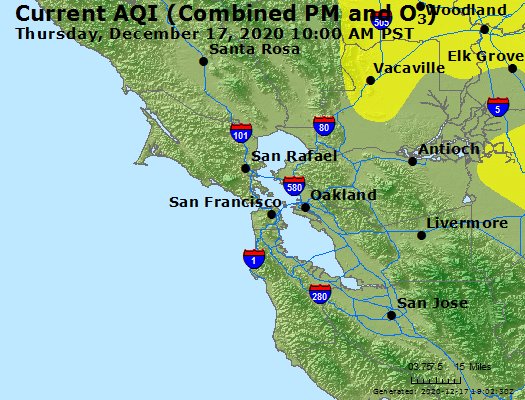
2020 was yet another devastating year for California wildfires. And on top of the impact on lives and homes, the potentially dangerous consequences for the air you breathe was clearly a priority for you. Bookmark this webpage for the next time you need to check the air quality in your region.
Nostradamus and Coronavirus
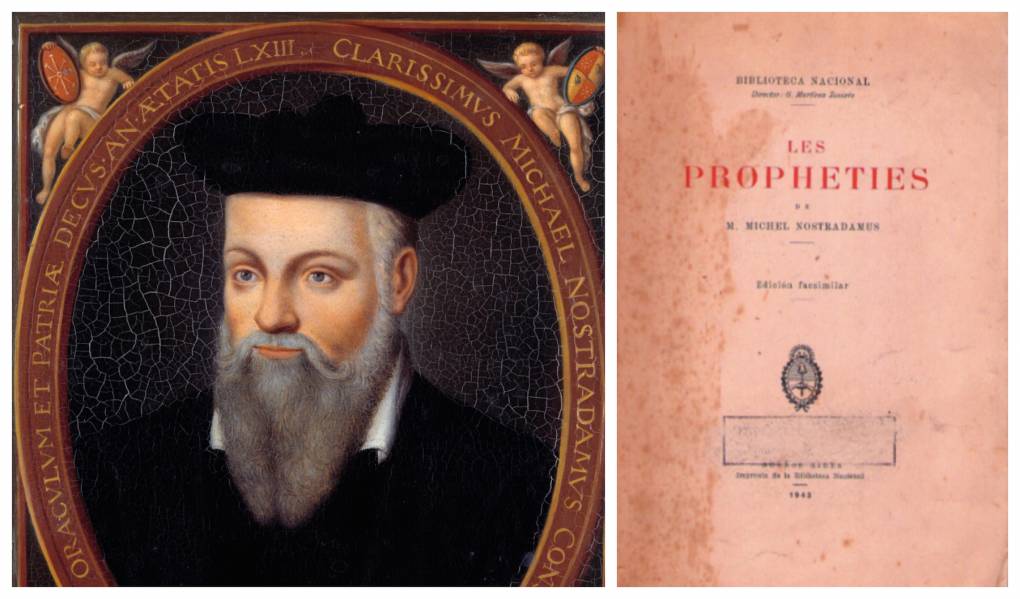
This KQED Arts story — published back in April 2020 — explores the surge of interest in the idea that 16th-century French astrologer Nostradamus had somehow predicted the coronavirus. (And in case you're wondering, readers are finding this story because they're Googling "Nostradamus.") Take a read to see if his writings on "plague and captivity" have you convinced.
Our Bay Area Coronavirus Site

Given the all-encompassing enormity of how the COVID-19 pandemic defined 2020 — killing hundreds of thousands of people nationwide, exposing long-held social inequities and transforming daily life — it's no surprise our breaking news updates on the coronavirus situation in the Bay Area was endlessly consulted by readers. We will continue to update this blog throughout the pandemic, so you may wish to bookmark it.
‘Empowerment’ Selfies and the Turkish Women’s Rights Campaign

If you saw black-and-white selfies with the hashtag #ChallengeAccepted flooding your Instagram feed in July, you weren't alone. This story delved into how an expression of female solidarity by American users was originally, in Turkey, a campaign inspired by both the soaring rates of violence against women and the brutal murder of a 27-year-old student.
What Are Those Purple Grids of Glass in the Sidewalk?
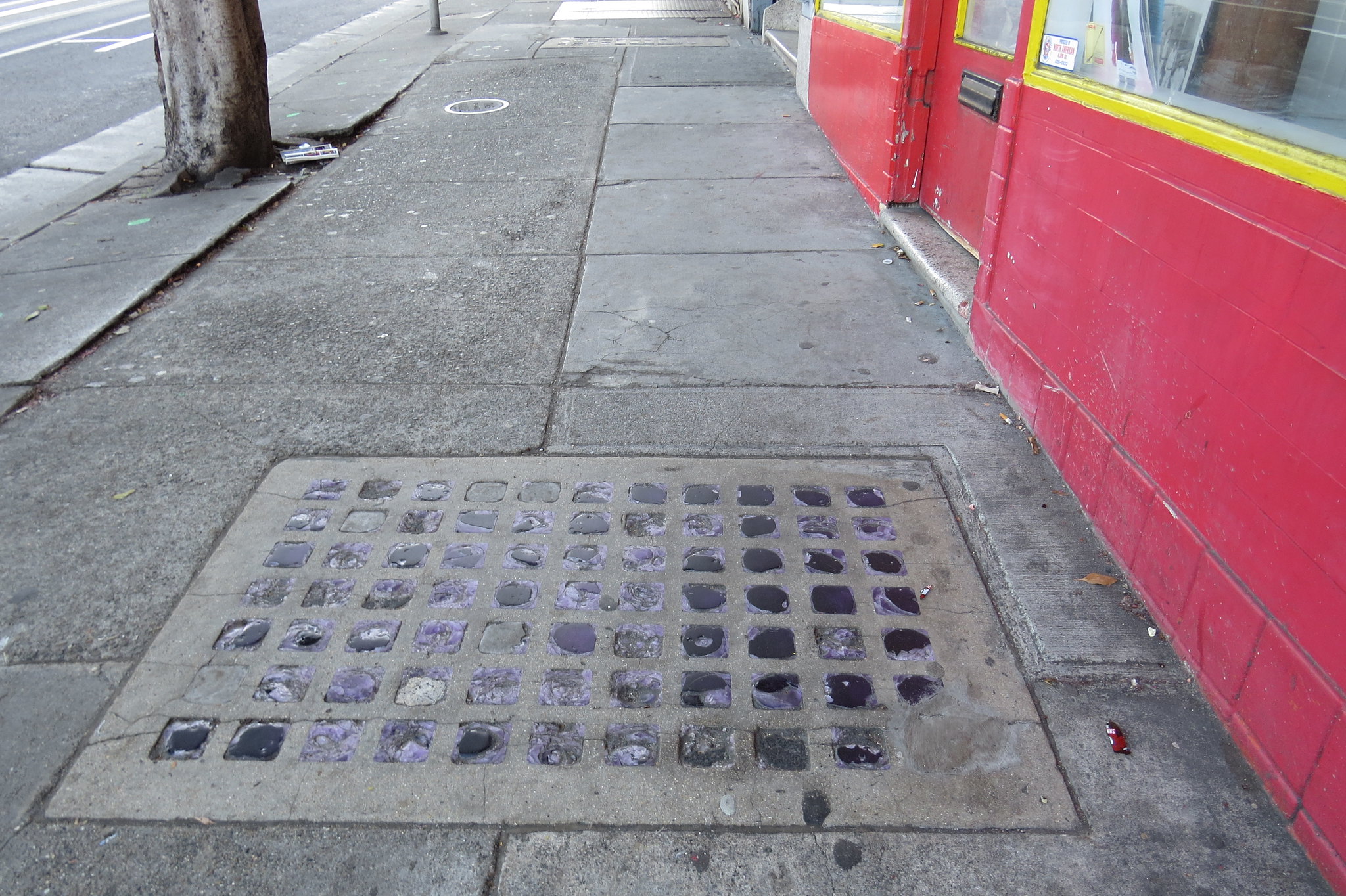
This story from our Bay Curious podcast published on Jan. 2 this year, before many of us had heard the word coronavirus. Yet this story — about the origin of those grid-like glass squares and circles under your feet on the sidewalks of Oakland and San Francisco — remained a popular distraction all year long.
A Guide to Filing for Unemployment During the Pandemic

Many Californians missing work because of the coronavirus can access benefits — including unemployment — and our step-by-step guide walked applicants through the process. The sheer amount of people who've consulted this guide, which was originally published in August, is a testament to the devastating economic impacts of the pandemic on individual lives and businesses.



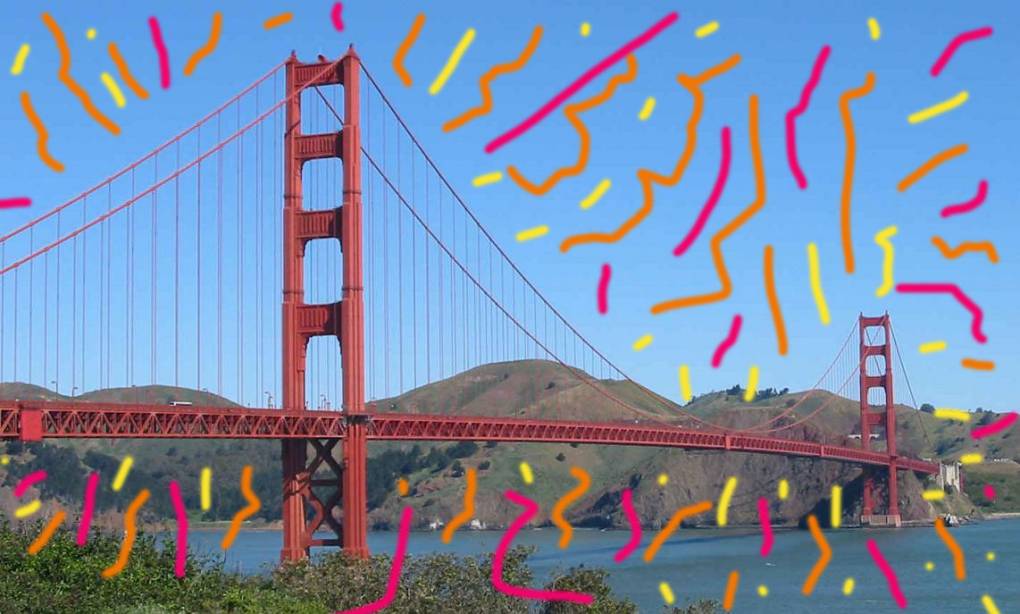
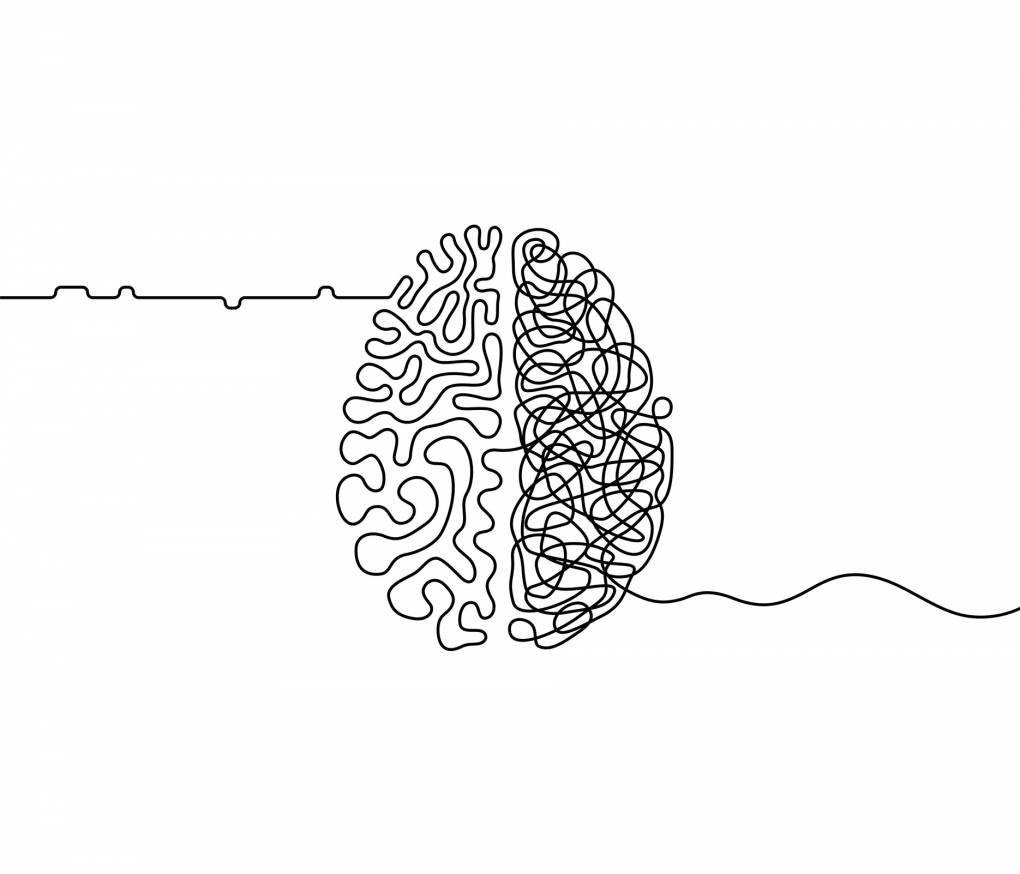 The coronavirus pandemic and school closures across the nation exposed deep inequities within education this year, from access to technology to lack of support for special education students. This popular story from KQED's Mindshift team delved into how educators can provide students with tools to help them be independent learners — in ways that acknowledge whose education has been historically marginalized — and build cognitive capacity and academic mindset by pushing back on dominant narratives about people of color.
The coronavirus pandemic and school closures across the nation exposed deep inequities within education this year, from access to technology to lack of support for special education students. This popular story from KQED's Mindshift team delved into how educators can provide students with tools to help them be independent learners — in ways that acknowledge whose education has been historically marginalized — and build cognitive capacity and academic mindset by pushing back on dominant narratives about people of color.